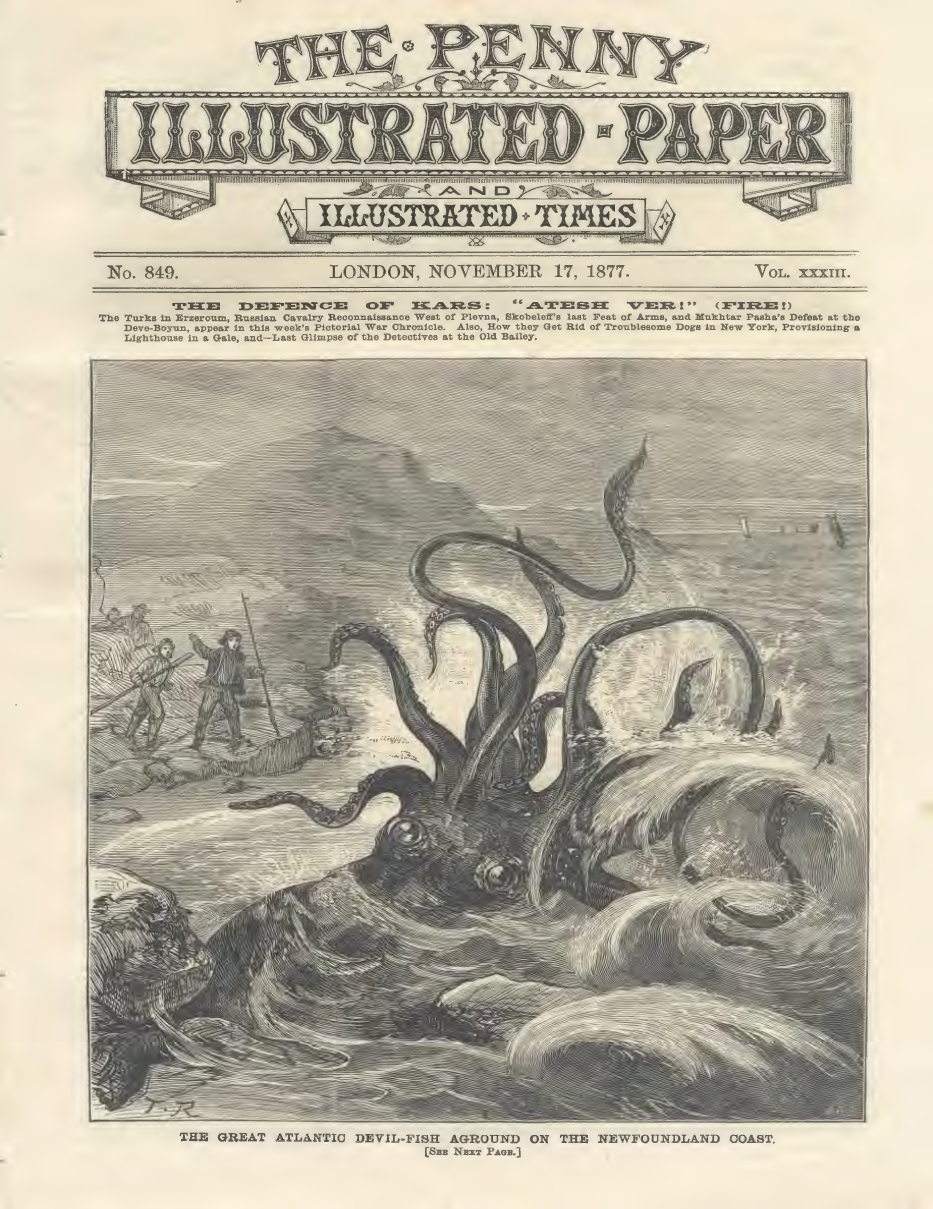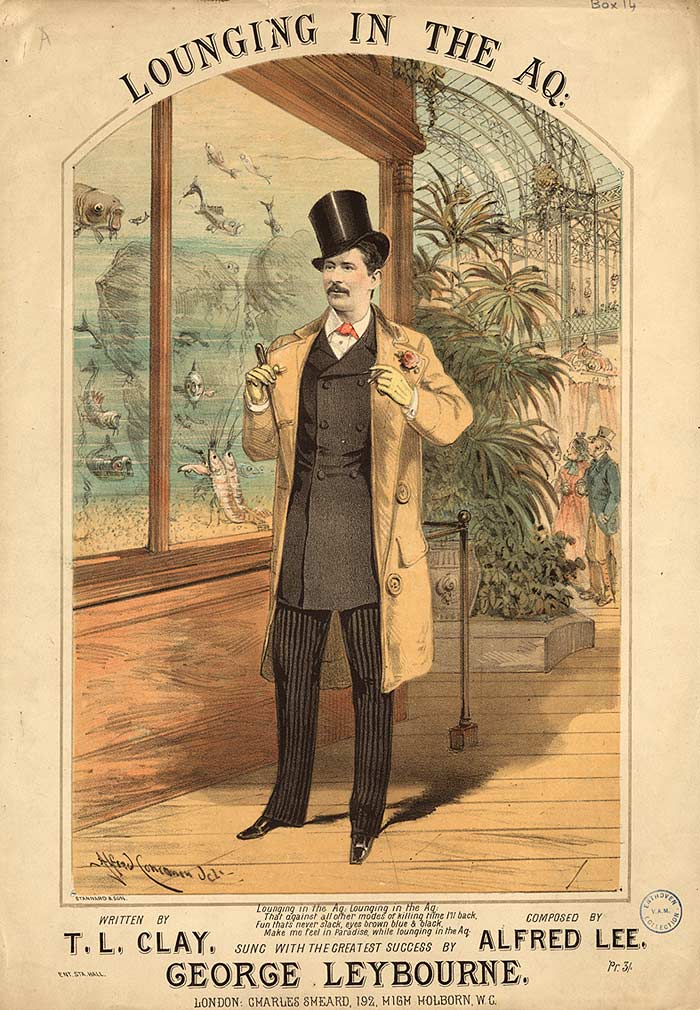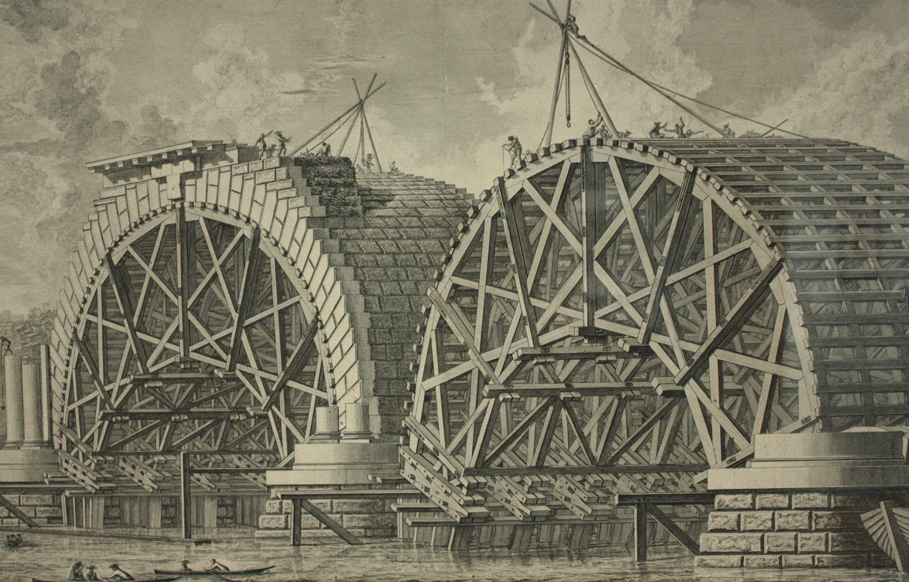|
Stanley Cycle Show
The Stanley Cycle Show or Stanley Show was an exhibition of bicycles and tricycles first mounted by the Stanley Cycling Club in 1878 at The Athenaeum in London's Camden Road. Britain's first series production cars were displayed at this show in November 1896. The 34th and last exhibition was held in the Royal Agricultural Hall, Islington in November 1910. It was supplanted by the 1911 Olympia Motor Cycle Show and, a few weeks before that, Olympia's International Motor Exhibition. Stanley Show Committee In its first decade it was organised by the Stanley Cycling Club and held at the Royal Aquarium, Westminster specially for "the votaries of wheeling". From the 1886 exhibition it was arranged not by the Stanley Club but by a committee of manufacturers and Stanley Club members. This 1886 exhibition displayed a strong emphasis on ''dwarf'' or safety bicycles. There were signs that tandems were replacing the wider and more unwieldy sociables. 1888's display included a prominen ... [...More Info...] [...Related Items...] OR: [Wikipedia] [Google] [Baidu] |
Royal Automobile Club
The Royal Automobile Club is a British private social and athletic club. It has two clubhouses: one in London at 89 Pall Mall, and the other in the countryside at Woodcote Park, near Epsom in Surrey. Both provide accommodation and a range of dining and sporting facilities. The Royal Automobile Club has a wide range of members. It is best-known for establishing the roadside assistance service RAC Limited, though this is no longer owned by the club. History It was founded on 10 August 1897, with the name Automobile Club of Great Britain (which was later changed to Automobile Club of Great Britain and Ireland). The headquarters was originally in a block of flats at 4 Whitehall Court, before moving to 119 Piccadilly in 1902. In 1902, the organisation, together with the recently formed Association of Motor Manufactures and Traders, campaigned vigorously for the relaxation of speed limits, claiming that the 14 mph speed limit imposed by the Locomotives on Highways A ... [...More Info...] [...Related Items...] OR: [Wikipedia] [Google] [Baidu] |
Sydenham, London
Sydenham () is a district of south-east London, England, which is shared between the London boroughs of Lewisham, Bromley and Southwark. Prior to the creation of the County of London in 1889, Sydenham was located in Kent, bordering Surrey. Historically, the area was very affluent, with the Crystal Palace being relocated to Sydenham Hill in 1854. Today, Sydenham is a diverse area, with a population of 28,378 (2011 census) and borders Forest Hill, Dulwich, Crystal Palace, Penge, Beckenham, Catford and Bellingham. History Originally known as Shippenham, Sydenham began as a small settlement, a few cottages among the woods, whose inhabitants grazed their animals and collected wood. In the 1640s, springs of water in what is now Wells Park were discovered to have medicinal properties, attracting crowds of people to the area. Sydenham grew rapidly in the 19th century after the introduction of the Croydon Canal in 1809 which linked the Grand Surrey Canal to Croydon and a reservoi ... [...More Info...] [...Related Items...] OR: [Wikipedia] [Google] [Baidu] |
The Crystal Palace
The Crystal Palace was a cast iron and plate glass structure, originally built in Hyde Park, London, Hyde Park, London, to house the Great Exhibition of 1851. The exhibition took place from 1 May to 15 October 1851, and more than 14,000 exhibitors from around the world gathered in its exhibition space to display examples of technology developed in the Industrial Revolution. Designed by Joseph Paxton, the Great Exhibition building was long, with an interior height of , and was three times the size of St Paul's Cathedral. The introduction of the sheet glass method into Britain by Chance Brothers in 1832 made possible the production of large sheets of cheap but strong glass, and its use in the Crystal Palace created a structure with the greatest area of glass ever seen in a building. It astonished visitors with its clear walls and ceilings that did not require interior lights. It has been suggested that the name of the building resulted from a piece penned by the playwright Doug ... [...More Info...] [...Related Items...] OR: [Wikipedia] [Google] [Baidu] |
The Penny Illustrated Paper And Illustrated Times
The ''Penny Illustrated Paper'' was a cheap ( 1d.) illustrated London weekly newspaper that ran from 1861 to 1913. Premises Illustrated weekly newspapers had been pioneered by the ''Illustrated London News'' (published from 1842, costing fivepence): its imitators included the ''Pictorial Times'' (1843–48), and – after the 1855 repeal of the Stamp Act – the ''Illustrated Times''. With the abolition of paper duty in 1861 it was possible to envisage an even cheaper mass-circulation illustrated weekly. History The first issue, 12 October 1861, announced itself confidently under the masthead "PENNY ILLUSTRATED PAPER: With All the News of the Week": "A new era opens upon the people. In producing a paper for the million, let us plainly say, we want be esteemed the friend of the people ... A new era is opened to us by the Repeal of the Paper Dutie The paper was apparently initially the charge of Ebenezer Farringtonbr>but the wife and sons of the recently deceased He ... [...More Info...] [...Related Items...] OR: [Wikipedia] [Google] [Baidu] |
Westminster
Westminster is an area of Central London, part of the wider City of Westminster. The area, which extends from the River Thames to Oxford Street, has many visitor attractions and historic landmarks, including the Palace of Westminster, Buckingham Palace, Westminster Abbey, Westminster Cathedral and much of the West End shopping and entertainment district. The name ( ang, Westmynstre) originated from the informal description of the abbey church and royal peculiar of St Peter's (Westminster Abbey), west of the City of London (until the English Reformation there was also an Eastminster, near the Tower of London, in the East End of London). The abbey's origins date from between the 7th and 10th centuries, but it rose to national prominence when rebuilt by Edward the Confessor in the 11th. Westminster has been the home of England's government since about 1200, and from 1707 the Government of the United Kingdom. In 1539, it became a city. Westminster is often used as ... [...More Info...] [...Related Items...] OR: [Wikipedia] [Google] [Baidu] |
Royal Aquarium
The Royal Aquarium and Winter Garden was a place of amusement in Westminster, London. It opened in 1876, and the building was demolished in 1903. The attraction was located northwest of Westminster Abbey on Tothill Street. The building was designed by Alfred Bedborough in an ornamental style faced with Portland stone. The Aquarium Theatre was located in the west end of the building and was renamed the Imperial Theatre in 1879. Methodist Central Hall now occupies the site. History The Royal Aquarium opened on 22 January 1876. Its board of directors included Henry Labouchère, the financier and journalist; William Whiteley the retailer; and Arthur Sullivan, the composer. It was intended to offer art exhibitions, concerts and plays, among other intellectual entertainments such as The Crystal Palace.''T ... [...More Info...] [...Related Items...] OR: [Wikipedia] [Google] [Baidu] |
Blackfriars Bridge
Blackfriars Bridge is a road and foot traffic bridge over the River Thames in London, between Waterloo Bridge and Blackfriars Railway Bridge, carrying the A201 road. The north end is in the City of London near the Inns of Court and Temple Church, along with Blackfriars station. The south end is in the London Borough of Southwark, near the Tate Modern art gallery and the Oxo Tower. History The first fixed crossing at Blackfriars was a long toll bridge designed in an Italianate style by Robert Mylne and constructed with nine semi-elliptical arches of Portland stone. Beating designs by John Gwynn and George Dance, it took nine years to build, opening to the public in 1769. It was the third bridge across the Thames in the then built-up area of London, supplementing the ancient London Bridge, which dated from several centuries earlier, and Westminster Bridge. It was originally named "William Pitt Bridge" (after the Prime Minister William Pitt the Elder) as a dedication, but ... [...More Info...] [...Related Items...] OR: [Wikipedia] [Google] [Baidu] |
Victoria Embankment
Victoria Embankment is part of the Thames Embankment, a road and river-walk along the north bank of the River Thames in London. It runs from the Palace of Westminster to Blackfriars Bridge in the City of London, and acts as a major thoroughfare for road traffic between the City of Westminster and the City of London It is noted for several memorials, such as the Battle of Britain Monument, permanently berthed retired vessels, such as HMS ''President'', and public gardens, including Victoria Embankment Gardens. History Earlier embankments The Victoria Embankment was preceded by many earlier works along the tidal Thames, including central London. Construction The Victoria Embankment was designed by civil engineer Francis Webb Sheilds, who submitted designs to a Royal Commission appointed in 1861. Following acceptance of the designs, construction was carried out by the Metropolitan Board of Works on the lines of his scheme. Construction, which started in 1865, was comple ... [...More Info...] [...Related Items...] OR: [Wikipedia] [Google] [Baidu] |
Pavel Yablochkov
Pavel Nikolayevich Yablochkov (also transliterated as Jablochkoff; russian: Павел Николаевич Яблочков) ( – ) was a Russian electrical engineer, businessman and the inventor of the Yablochkov candle (a type of electric carbon arc lamp) and the transformer. Biography Yablochkov graduated in 1866 as a military engineer from Nikolayev Engineering Institute, now Military engineering-technical university (Russian Военный инженерно-технический университет), and in 1869 from Technical Galvanic School in Saint Petersburg. After serving in the army, Yablochkov settled in Moscow in 1873, where he was appointed Head of Telegraph Office at the Moscow-Kursk railroad. He opened up a workshop for his experiments in electrical engineering, which laid down the foundations for his future inventions in the field of electric lighting, electric machines, galvanic cells and accumulators. Yablochkov’s major invention was the first mo ... [...More Info...] [...Related Items...] OR: [Wikipedia] [Google] [Baidu] |
Royal Opera House
The Royal Opera House (ROH) is an opera house and major performing arts venue in Covent Garden, central London. The large building is often referred to as simply Covent Garden, after a previous use of the site. It is the home of The Royal Opera, The Royal Ballet, and the Orchestra of the Royal Opera House. The first theatre on the site, the Theatre Royal (1732), served primarily as a playhouse for the first hundred years of its history. In 1734, the first ballet was presented. A year later, the first season of operas, by George Frideric Handel, began. Many of his operas and oratorios were specifically written for Covent Garden and had their premieres there. The current building is the third theatre on the site, following disastrous fires in 1808 and 1856 to previous buildings. The façade, foyer, and auditorium date from 1858, but almost every other element of the present complex dates from an extensive reconstruction in the 1990s. The main auditorium seats 2,256 peopl ... [...More Info...] [...Related Items...] OR: [Wikipedia] [Google] [Baidu] |
Royal Albert Hall
The Royal Albert Hall is a concert hall on the northern edge of South Kensington, London. One of the UK's most treasured and distinctive buildings, it is held in trust for the nation and managed by a registered charity which receives no government funding. It can seat 5,272. Since the hall's opening by Queen Victoria in 1871, the world's leading artists from many performance genres have appeared on its stage. It is the venue for the BBC Proms concerts, which have been held there every summer since 1941. It is host to more than 390 shows in the main auditorium annually, including classical, rock and pop concerts, ballet, opera, film screenings with live orchestral accompaniment, sports, awards ceremonies, school and community events, and charity performances and banquets. A further 400 events are held each year in the non-auditorium spaces. Over its 151 year history the hall has hosted people from various fields, including meetings by Suffragettes, speeches from Winston Churchi ... [...More Info...] [...Related Items...] OR: [Wikipedia] [Google] [Baidu] |








